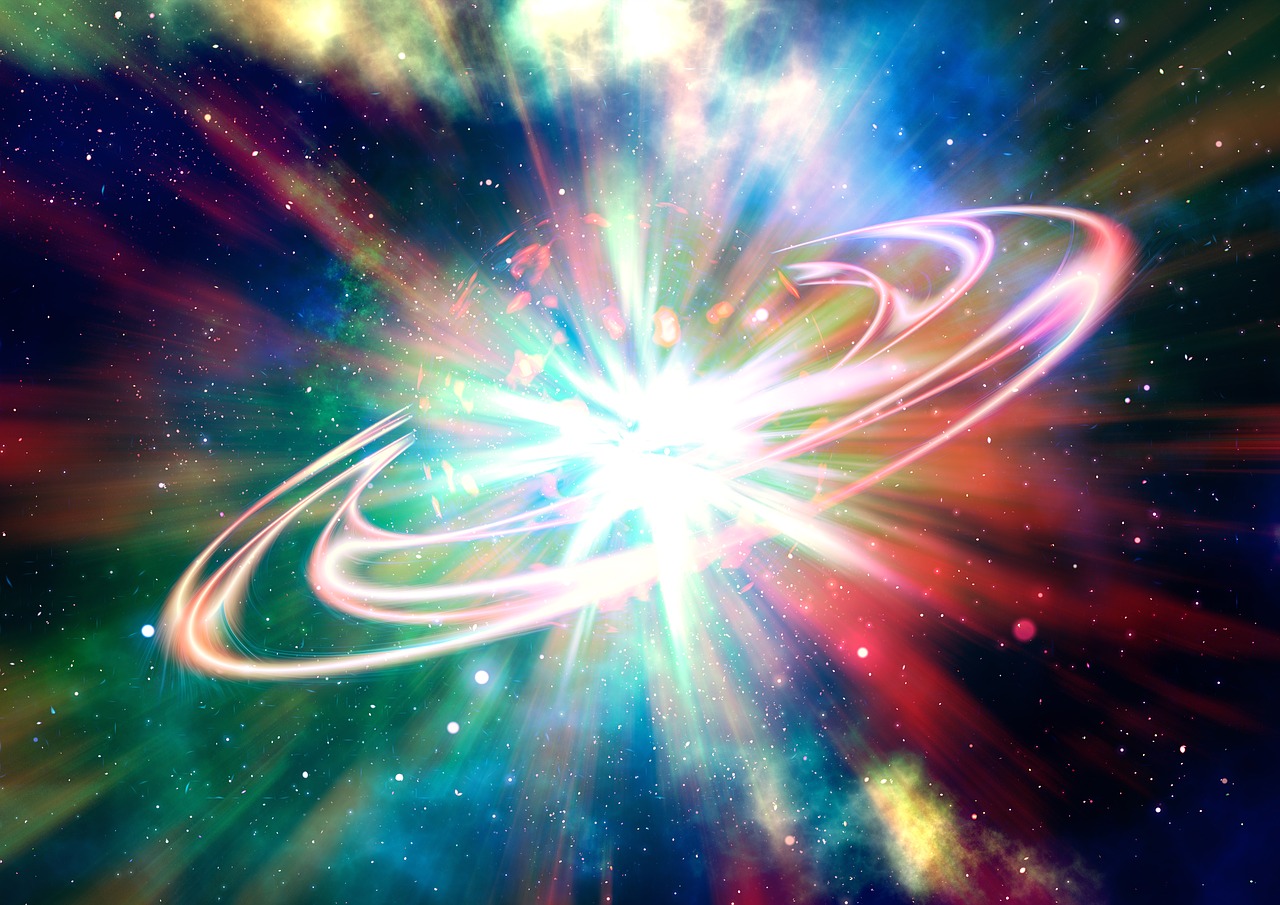
In 2007, the European Commission created the European Research Council (ERC) with the aim of promoting excellent basic science in Europe, supporting the best researchers from all fields and of any nationality who wished to continue his research on the frontiers of knowledge. The ERC finances prestigious projects that seek to develop novel and high-risk research. Since its inception, the ERC has had a considerable impact on the European research landscape.
Of all the grants awarded by the European Research Council, the Synergy ERCs are the most competitive, with a success rate below 10%. Its purpose is to enable a small group of principal investigators and their teams to bring together complementary skills, knowledge and resources in a novel way to jointly address major research challenges.
The Synergy-2020 NEXT-BOLD project has been awarded to Juan José Gómez Cadenas, Ikerbasque Researcher at the Donostia International Physics Center (DIPC), Fernando Cossio, Professor of Chemistry at the University of the Basque Country (UPV / EHU) and scientific director of Ikerbasque, and Roxanne Guenette, Associate Professor of Physics at Harvard University. It is endowed with 9.3 million euros and has a duration of 6 years. It is the first project of its kind that Basque institutions have achieved.In fact, although the project has a significant participation from Harvard, it has originated, is coordinated and falls mainly in the Basque Country, specifically in the DIPC and the UPV/EHU.
In the words of Fernando Cossio, "in science, the most complicated thing is to ask a great question that is difficult, but not impossible to answer." Along these lines, Juan José Gómez Cadenas has underlined that “for me it has two extremely positive aspects: on one hand, obtaining an ERC Synergy provides the necessary resources to tackle what I consider the most important scientific challenge of my career. On the other, it enables a new interdisciplinary line to be firmly established, developed in tandem with Fernando Cossio in the Basque Country. I have the curious feeling of a connection between the team that Fernando and I make up, and the Elhuyar brothers. Hopefully, we could make a discovery as important as theirs. "
Synergy-2020 NEXT-BOLD project
According to the philosopher and mathematician Leibnitz, the fundamental question is: Why does something exist, instead of nothing? Today, this question is asked in more concrete terms: Why is our universe made of matter? Why does everything exist as we know it? This brings us to one of the most important unsolved problems in particle physics and, therefore, in chemistry. This problem is that of the nature of the neutrino, which could be its own antiparticle, as the ill-fated Italian genius Ettore Majorana ventured almost a century ago. If this were so, the mysterious cosmic asymmetry between matter and antimatter could be explained.
Indeed, we know that the universe is made almost exclusively of matter. However, the Big Bang theory predicts that the early universe contained the same amount of matter and antimatter particles. This prediction is consistent with the “small Big Bang” that are formed in proton collisions in the gigantic LHC (Large Hadron Collider) accelerator at CERN (Conseil Européen pour la Recherche Nucléaire), where a symmetric production of particles and antiparticles is always observed. Where, then, did the antimatter of the early Universe go? One possible mechanism points to the existence of heavy neutrinos that were their own antiparticle and therefore could disintegrate into both matter and antimatter. After all the matter and antimatter in the universe annihilated each other (with the exception of a small excess of matter), the result would be a cosmos made only of excess matter, the leftovers of the Big Bang. We could say that our universe is the remains of a cosmic shipwreck.
It is possible to show that the neutrino is its own antiparticle by observing a rare type of nuclear process called double beta decay without neutrinos. This process can occur in some rare isotopes, such as xenon-136. The NEXT experiment, led by Gómez Cadenas, located in the Canfranc underground laboratory, looks for these disintegrations using high pressure gas chambers.
Until now, NEXT focused on observing the characteristic signal emitted by the two electrons resulting in the aforementioned decay, but this signal is extremely weak, and can be confused with background noise due to the omnipresent natural radioactivity. However, if, in addition to observing these two electrons, the ionized barium atom is detected, which is also one of the decay products of xenon, we would have the unambiguous signal we are looking for, and the experimental demonstration that the neutrino is its own antiparticle.
Therein lies precisely the challenge that the NEXT experiment faces, in identifying that barium atom, something that was believed impossible until very recently. But, in a recent collaboration between Fernando Cossio and Juan José Gómez Cadenas, published in the prestigious journal Nature, they have shown that it is possible to capture the barium atom with a molecule capable of forming a supramolecular complex with it and of providing a clear signal when this happens.
The objective of the Synergy-2020 NEXT-BOLD project is to design, develop and build a new generation of the NEXT detector with the ability to observe the barium ion, based on a fluorescent molecular indicator and advanced microscopy techniques. This experiment would have great potential to discover whether the neutrino is its own antiparticle, which would allow answering fundamental questions about the origin of the universe.
.png)
